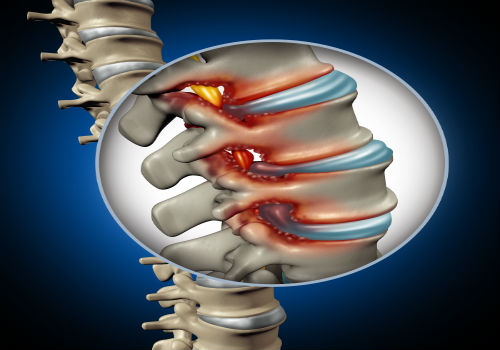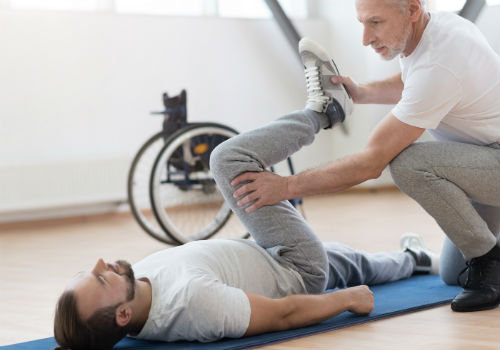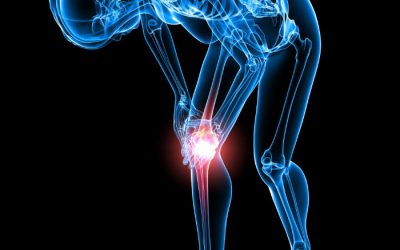Spinal stenosis is a condition most common in adults over the age of 50, caused by a gradual narrowing of the spinal canal. The spinal canal acts as a protective cover to the spinal cord, so as it shrinks, it pinches the spinal cord and surrounding spinal nerves – causing pain and discomfort.

In some cases, this pinching of the spinal cord causes a tingling or numb sensation in the individual. Adults whose occupations require them to sit all day are typically at higher risk for spinal stenosis.
Several warning signs appear in patients shortly before they get diagnosed:
1.Numbness
Individuals affected by this condition often complain about their legs and feet feeling numb. This numbness can either mildly or severely affect the patient’s ability to walk. Spinal stenosis leads to a gradual weakening of the legs, and to regain strength; it’s essential to implement daily stretches and movements to re-strengthen those muscles.
Simple exercises such as walking are typically recommended during rehabilitation. However, exercise and movement are not the best treatment options for every patient. In some cases, the legs are too weak or too sore, so extra movement only worsens the pain. For those with only minor discomfort, it is vitally important to practice strengthening exercises, as there is no cure to regaining that strength.
2. Abnormal bladder and bowel function
In more extreme cases, patients will experience abnormal bladder and bowel functioning. Rheumatologists diagnosing this condition look for partial or complete loss of bladder control as well as control of the surrounding muscles.
Lumbar spinal stenosis– a variation of spinal stenosis in which pain is centralized in the lower back muscles, and travels downwards–is responsible for varying degrees of nerve damage.
Pressure on certain nerves can cause a more serious symptom, which is bladder dysfunction. This is known as Cauda Equina Syndrome and requires medical attention. Loss of bowel or bladder control can accompany Cauda Equina, as well as a loss of feeling between the legs.
3.Loss of sexual function
A loss of sexual function can be detected in extreme cases of spinal stenosis, similarly to bladder dysfunction. Most patients aren’t diagnosed with spinal stenosis simply on the basis of sexual dysfunction.
This dysfunction encompasses everything from an inability or difficulties, reaching an orgasm to a complete distaste for sexual connection. Studies show that spinal surgeries can help fix the loss or decrease in libido. Research shows that surgeries almost always increase sexual functioning in patients, sometimes even restoring their sex drive to its original state.
According to the National Institute on Disability and Rehabilitation Research and American Spinal Injury Association, male ejaculatory capacity increases after receiving surgical treatment for the condition. Sexual functioning, as well as fertility measures in women, improved with this treatment as well.

4. Paralysis
Partial or complete paralysis of the legs occurs only in extreme cases and is treated as an emergency. If paralysis is experienced, you should be taken to a hospital right away. Paralysis can occur for many reasons, although spinal stenosis patients specifically suffer from paralysis because of the effect that cervical spinal stenosis, the variation of stenosis which affects the neck, shoulders, and the body’s extremities, has on the legs.
Individuals suffering from this condition experience extreme weakening of their legs to the point that walking becomes difficult. The resulting discomfort, numbness, and tingling can lead (in extreme cases) to complete disability. Patients should be alert and maintain awareness of their condition, if experiencing any irregular discomfort or level of difficulty maneuvering, contact a health professional immediately.
Final thoughts
It is important to pay attention to spinal stenosis, as its consequences can be life changing. As this condition is incurable, finding and receiving treatment and medical attention is vital to preventing the condition from worsening. Chiropractic treatment is the most effective way to address spinal stenosis concerns, and thus if you are experiencing any of the above signs, see a Chiropractor as soon as possible.


